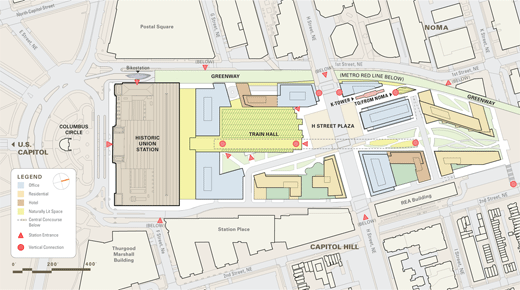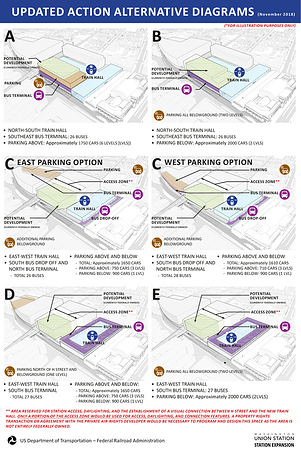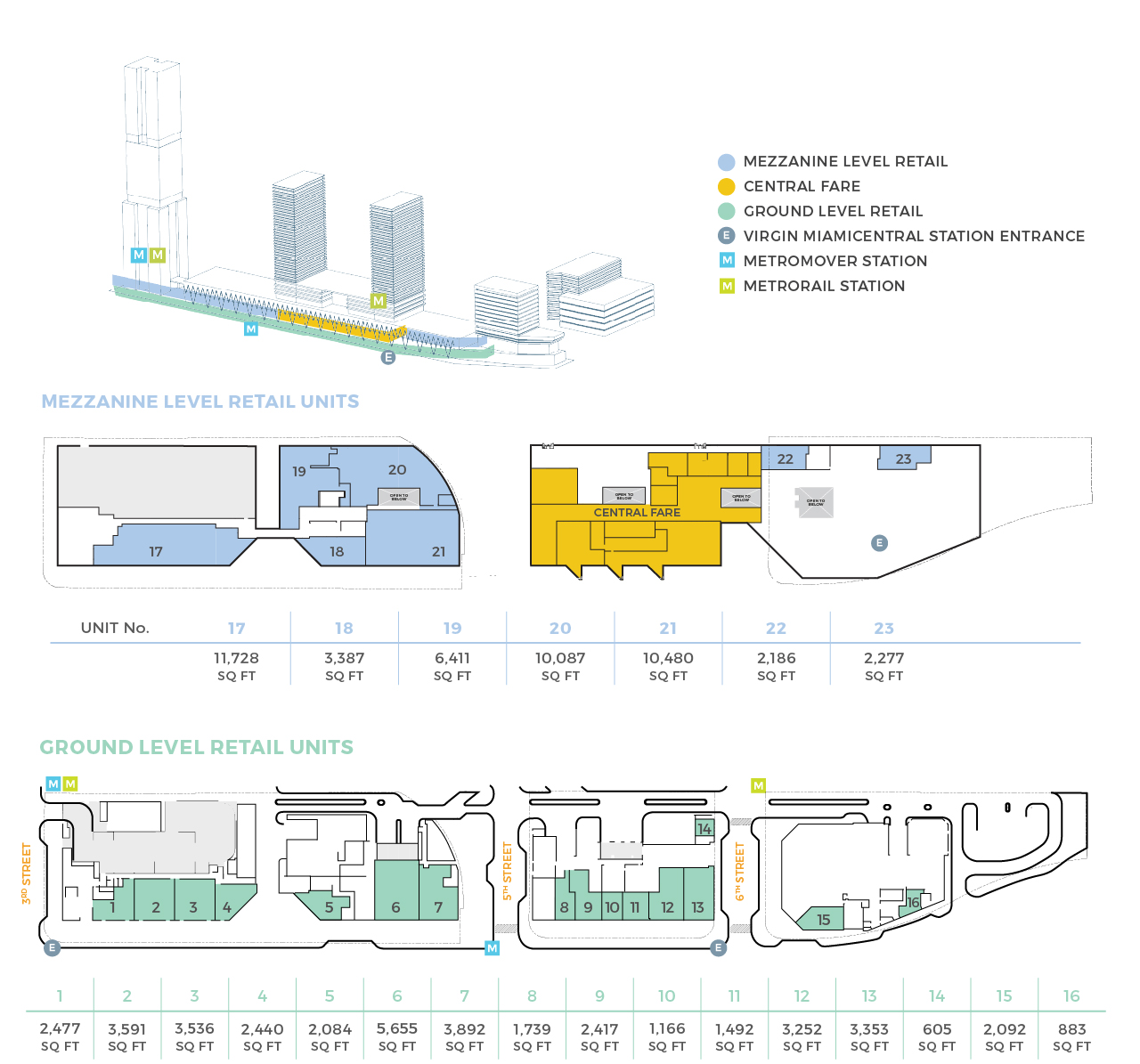This is a really, really awesome post. Thanks for sharing!
I just came across a document saying that CAMPO (the regional transportation planning organization with jurisdiction for Raleigh) released a request for proposals to study a rail connection between Raleigh and Fayetteville. This is the first of many steps to even create a plan for a commuter train route to Fayetteville -not even putting any money or shovels into it, yet.
But!! The proposed rights-of-way is interesting:
…notice how the Fuquay/Lillington option includes a certain path we like to look down on?
Full document at: http://files.www.campo-nc.us/get-involved/rfprfqs/Final_Fayetteville-Raleigh_Rail_Study_RFP__2019-05-06_compiled.pdf
Now if only I ever wanted to go to Fayetteville…  Give me Asheville please!
Give me Asheville please!
I would think that the route up and right to Smithfield in Johnston county and then to Clayton going to Raleigh would be very well used indeed. I happen to have family members that utilize the park and ride lot at Walmart and commute to DTR every day. As well as those whom live in Goldsboro…
I could argue the same for Fuquay, Lillington, and even Fayetteville (esp. Ft. Bragg), from the people I work with or my classmates at UNC and State… I really hope this study is done properly, so that what we’re seeing is properly accounted for.
(@GucciLittlePig I’m down for a train to Asheville too, and they seem to be working on that too. But I think this and that are two different things?)
https://www.ncdot.gov/divisions/rail/Pages/future-service.aspx
To extend passenger rail service to Asheville and western North Carolina, the N.C. Department of Transportation, in March 2001, adopted a phased plan that includes renovating or building train stations that incorporate other community uses. NCDOT works with communities on station and rail safety improvements while identifying funding to restore passenger rail service to the western part of the state.In the interim, NCDOT has requested that Amtrak update a study that analyzes the feasibility of operating an Amtrak Thruway Bus service between Salisbury and Asheville. The service would gauge public interest in a mass transit option between Salisbury and Asheville and function as an intermediate step before seeking a more capital-intensive, long-term rail option.
I like the idea of connecting Raleigh to Wilmington, The Port, and of course, Wrightsville Beach  .
.
Thanks for flagging this! This study will certainly be interesting, and I’ll be very curious to see what the study concludes. One thing in the RFP did catch my eye:
“The project’s overall objective is to conduct a study that identifies and examines the critical issues and needs necessary to determine whether passenger rail (commuter or intercity service) is feasible between Fayetteville and Raleigh, North Carolina on either of the existing two rail line corridors between the cities. If passenger rail between the two cities is determined to be feasible, decide which existing rail corridor would be best to establish passenger rail based on travel demand, transportation infrastructure, and market analysis.”
Obviously the NS route is the most direct link between the cities, and frankly, supporting intercity rail from Raleigh to Fayetteville is almost certainly the single best argument that’s out there for continuing to use this as a rail corridor. (I would be very surprised if commuter rail on this line proves to be realistic.) So if the study finds that passenger rail service isn’t feasible, or if the Selma corridor proves to be the better route, that could potentially make it easier to start thinking about other possible uses. So, yeah, this is big stuff.
Also kind of interesting: “The Selma route is 14 miles longer than the route via Fuquay-Varina, although the trip time is shorter via Selma, given current speed restrictions.”
The direct Raleigh-Fayetteville line via Fuquay-Varina is somewhat meandering and has some slow street running in Fayetteville. 25-35 mph has been the prevalent speed limit on this line for decades. It would be possible to raise the speed limit to 60 mph along most of it, but the cost would be in the $100 million range.
In contrast, the alternative line is almost arrow-straight between Selma and Fayetteville, and Raleigh-Selma-Fayetteville is already good for 79 mph along most of the route.
What if you could recoup the cost by making GoTriangle (or whatever other entity operates this train line) the owners of stores, apartments etc. near the station?
It’s a strategy that’s worked abroad (see an old post of mine):
Perhaps. I’ve spent a lot of time in Tokyo. Anybody who owns real estate anywhere in the 23 wards can make money on that real estate. The average density in the 23 wards is 39,000 people per square mile… more than 10 times the density of Raleigh. Or to put it differently, the average price of land in the 23 wards is $8000 per square yard (not a typo). My humble house in north Raleigh would be worth $10,000,000 for its land alone. In the vicinity of Ginza station, the price is $300,000 per square yard. The JR companies have a lot of real estate, dating from before World War II.
Not clear to me how this translates into NC.
(sorry for the long post beforehand, but I promise there’s lots of pretty pictures)
Ok, true, I guess residential real estate wouldn’t make much sense. But you still have a lot of development potential by making transit-oriented districts for more commercial purposes?
In Japan, major private rail companies (Seibu, Tobu, Keio, Odakyu etc. in Tokyo, then Hankyu in the west etc.) also have their own chains of department stores (which also house food halls, kiosks for local businesses etc.) that are meshed into major train stations, while many of them also have lots of underground parking decks. Sure, land may be much pricier per unit area in Tokyo than anywhere in NC, but I don’t think already-high land values are a prerequisite, either.
That’s where the US comes in. Washington DC’s Union Station, which is near the Capitol as well as a formerly-neglected industrial/office district, is working with the DOT to develop above its platforms…
(The Federal Railroad Administration has the latest proposed plans here, by the way)
…and then Miami’s Virgin Trains USA (formerly Brightline) has their MiamiCentral terminal that’s both an apartment complex and shopping mall, attracting residents, visitors, and spring break partiers alike to downtown Miami.
Even Charlotte’s trying to pull off their own version of this with their Gateway Station (though it probably won’t be owned/operated by CATS, and they’re leaning a bit too hard on the “private” half of their public-private partnership).
Even if we’re not in Tokyo, I think you can still concentrate enough activity around the station. Besides, by the time shovels are in the ground, you can infer from traffic/congestion models for Wake County and other expectations from the NC state government that:
- Fuquay might turn into how Morrisville is today -a Raleigh suburb with way too many single-family homes
- Fayetteville may easily become a regional center of gravity like Wilmington (about 120k citizens, nearly three times the size of the glitzy Mediterranean gambling haven of Monaco)
- put the above two together, and Lillington and other places (townships that may seem insignificant now) could turn into a developer’s paradise if Fayetteville and Raleigh are more closely connected in people’s minds.
Translation: the people that could support dense, transit-friendly developments in this corridor will be there for it. Assuming their populations aren’t falling (i.e. if they’re growing or staying about the same size), we might be able to hit that critical mass to build a community gathering place that could actually matter.
As long as you can create a station-development where enough people will want to go and spend money there (even if they aren’t necessarily taking a train there), you still have a chance to attempt at a secondary income source to offset the costs of infrastructure. Isn’t that opportunity enough of a reason to take an innovative business model/the other route more seriously?
A few points
-
There’s a value judgment behind “way too many single family homes”. The majority of those homeowners don’t share your values, and they’re to be reckoned with at the polling place. They outnumber the urbanists, frankly. The Apex-FV-Holly Springs area already has 100,000 people total who are in that mindset, nearly equal to the population of Raleigh ITB. Although I’m sure the developers will respond to buyers’ preferences in a free market by offering some higher-density homes in FV, I doubt that Raleigh-FV-Fayetteville train service would be a revolutionary factor. You’re assuming that DTR is the center of employment of the region; it’s not.
-
Growth will eventually come to Harnett County, yes, but I think you’ll see Chatham, Johnston, Franklin, and Granville grow faster.
-
About the fastest train service feasible between Raleigh and Fayetteville is a two-hour trip one-way. In terms of commuters into DTR, there’s more bang for the buck in reaching Burlington-Elon-Mebane-Hillsborough and Garner-Clayton-Selma/Smithfield-Goldsboro at comparable travel times.
Isn’t there a tremendous amount of this rail line that is street level, particularly when you are in downtown Fuquay? Just the sheer number of crossings to deal with would added a fair bit of both expense and time to the operation.
It is not impossibly bad in Fuquay. There are a few grade crossings. The street running on Hillsboro Street in Fayetteville is worse. In both cases a bypass would be possible, and relatively easy as these things go, but that still adds cost and complexity to the scope of work needed to put passenger trains on that line.
The alternate route would need a connection at the southwest quadrant of the CSX and NS lines in Selma. Doing this while serving the existing station in Selma looks like it might be tough.
Thanks for the response. I agree with you on most of the points that, yeah, with what we have and know today, it’s a bit of a gamble and that it makes more sense to invest in Johnston County etc. more (and a lot of my positions only work with the assumption that they would come true by the time a Fayetteville rail route is operational).
There’s two things that caught my attention, though.
I don’t think you’d even need to assume that, though, if there’s enough transit connections to RTP (and even RDU?). The beginning-to-end trip doesn’t have to be profitable; you just need the sum of all trips taken to break even.
What if you helped make that happen by adding an express bus to RTP at Fuquay? Sorta like this:
That’s absolutely true. I won’t pretend to be neutral when I’m not; I’m not a huge fan of suburban development, even though I understand that’s what many people in the Triangle love about our area.
In my defense, though, I’m not coming at this from an idea of thinking that suburban sprawl is a cultural practice (it historically tends to be more of a white phenomenon, by the way) that has to die out. In other words, if people want to live in that sort of environment, on a personal level, I’m totally cool with that.
On a societal level, though, I’m not a fan, because I think it implies that personal comforts triumph the interests of humanity as a whole. Like what’s the point of encouraging and enabling people to do what they want when that endangers what we need, such as keeping a climate where our weather and planet doesn’t endanger our homes and jobs? (sources 1, 2, 3, and 4 out of many).
I’m not saying individual freedom doesn’t matter and a collectivist, Soviet/China/North Korea-like mindset is better. But sometimes, I do wish we did a better job with both being more idealistic and keeping an eye on the bigger cause like back in the days.
…and I wonder if that’s because voters’ voices aren’t the cause of how NC is today, but it’s because cultural assumptions are the result of design choices we made.
On the philosophical point… I’ve lived inner city and I’ve lived in suburbia. Both have their positives. I don’t disagree that the planet might be better off if more stress were placed on inner city. I’ve spent too much time in Europe and Asia to think otherwise.
Directly or indirectly, a massive number of people profit from suburban development; they don’t want to be cut out of the game, and they have political influence. Policies adopted by the City of Raleigh aren’t persuasive outside its ETJ, and there’s no evidence yet that the other municipalities in Wake or the Wake County Commission itself are close to changing their policies. And even if they were, you’ve got developers in Chatham, Johnston, etc wringing their hands with glee at what’s headed their way – and they have political influence too, at places that matter such as NCDOT.
So, keep up your advocacy. Just be realistic about the inertia (or outright opposition) and how long it might take to achieve a particular objective.
I really like your hypothetical transit map!
Without getting too far off topic, how does Morrisville have too many sfh’s? I don’t disagree, but this statement made me say “huh? what does that even mean.”
And as for Fuquay, there are thousands of new homes being built/planning to be built. The vast majority of this is sfh’s. What’s funny about Fuquay, is it’s pretty much nothing but houses. There is nothing there. Very few major companies/ larger employers, very, very little shopping beyond Walmart. No movie theater. No office district. Hell, no mixed use (yet).
That’s what confused me about the Morrisville comment. It has sfh’s, but also a lot of apartments, offices, retail etc.
FV has several current mixed used areas and new ones coming online…
https://bengaltownecenter.com/




